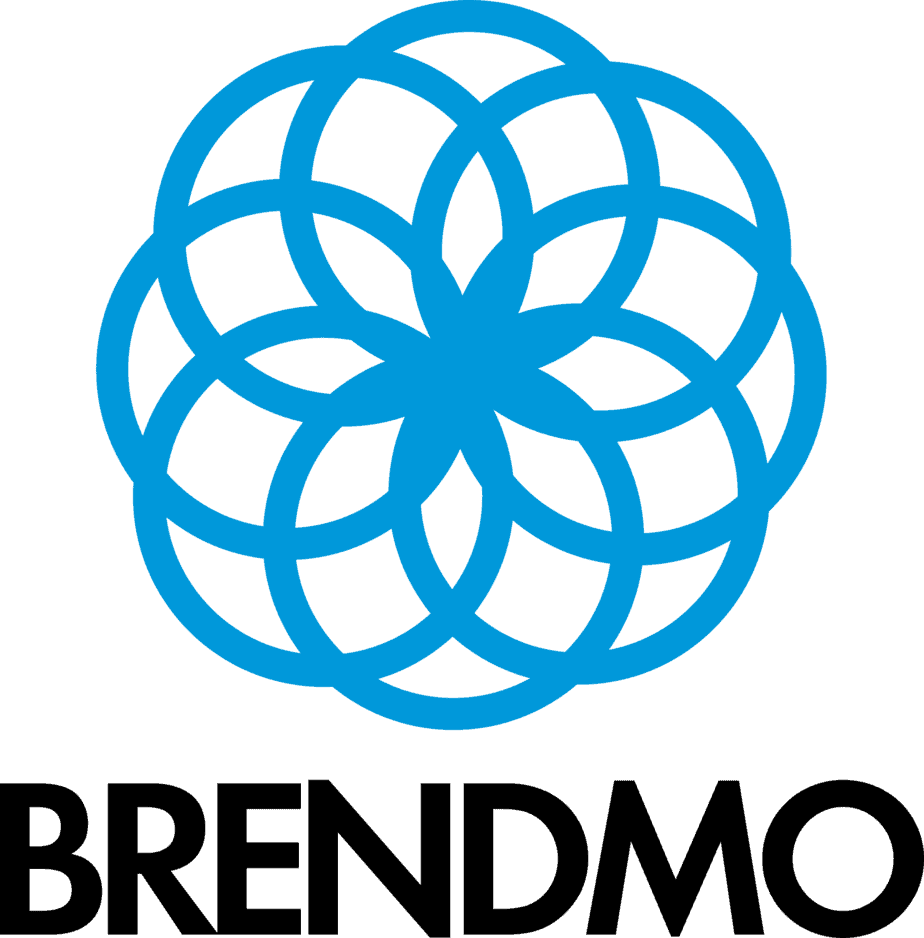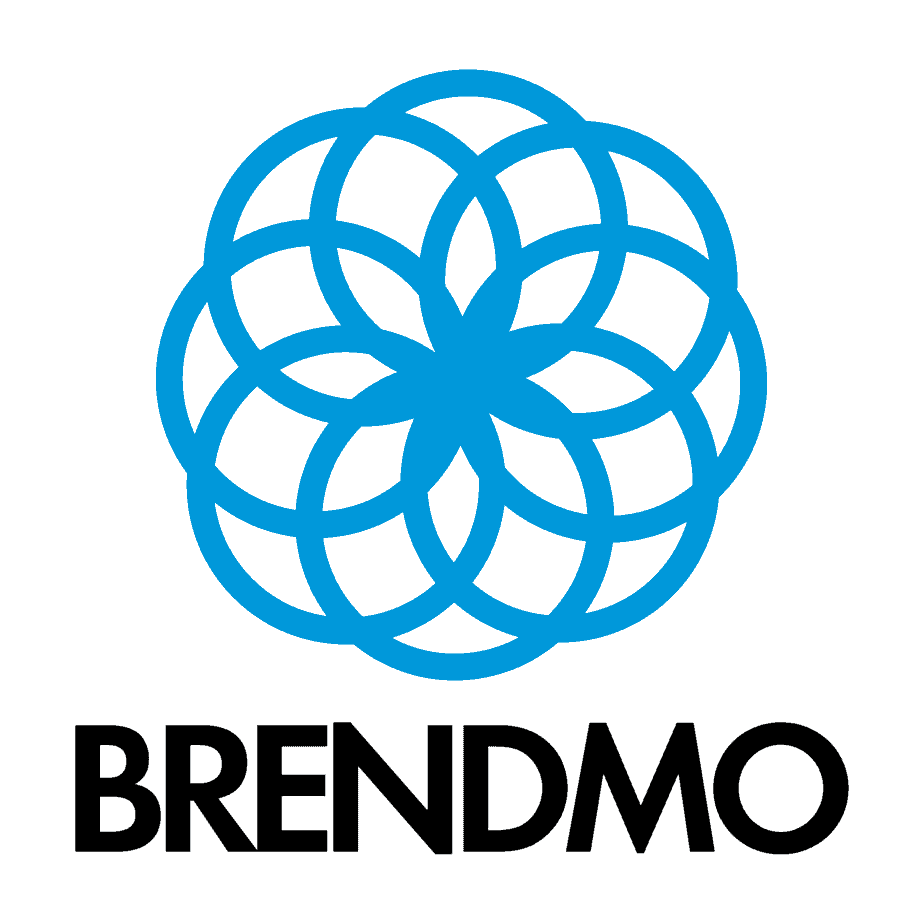“If you do not know where you are going, every road will get you nowhere.” (Henry A. Kissinger)
Creating a business plan is one of the most important processes when running a business. It is the roadmap for the success of any business and should include everything from cash flow planning to expansion strategies and the company’s mission statement. If you want to take out a loan a full-length plan is invaluable, but on a day-to-day basis these documents can be lengthy and difficult to access.
A one-page business plan is primarily a communication tool and is developed as a way to quickly summarise the key points of a business and its goals. It’s a great way to clearly define often complex issues in a simple manner and keep executives, partners or staff focused on the mission at hand. They are also a strong place to start when developing a full-length business plan and can help companies to pivot in changing times.
What should a one-page business plan include?
Your one-page business plan needs to include everything below, but resist going into the details. Keep each point to a few well focused sentences. Remove unnecessary words and adjectives.
- A Brief Description
The first thing to do is to simply describe the types of products and services that make up your business. - Customer Pain Points
What problem are you solving for your customers? Why does your product or service exist? And why are these products or services better than those of your competitors? Avoid generalities and keep your answer focused. - Competitive Advantages
This is where you look at the things that make you and your company perfect for your industry. What makes you stand out? Is it the team you have put together? Your business model or a unique invention? - Making Money
This is the space for a three-point financial model. It should include your revenue sources, your company costs and the pricing strategy for your products. Again, avoid the specific amounts. This is not a budget. It simply points to where the money comes from and how it is spent in three sentences. - Marketing Plan
How do you get your product to your customers and how do you tell people about your business? What are your main sources for attracting new business? This is just a high-level overview on how you go about marketing and making sales. - The Competition
In one line only, describe each of your major competitors and what makes their business a success. - Your Co-workers
This is your chance to look at the key figures you have hired to make your company a success. Who are the most important people and why are they important? This will help you to understand which of your employees should be earmarked for promotions or bonuses, and training. - Future Funding
What are the major things you may need funding for over the next few years? Why do you foresee the need for money in these areas? - Your “Why”
Why are you doing this? What do you hope to achieve from your company and what is the end goal? While this is not included in a normal business plan, in your one-pager it can help act as a motivation and remind you why everything else exists.
Disclaimer: The information provided herein should not be used or relied on as professional advice. No liability can be accepted for any errors or omissions nor for any loss or damage arising from reliance upon any information herein. Always contact your professional adviser for specific and detailed advice.
© CA(SA)DotNews





